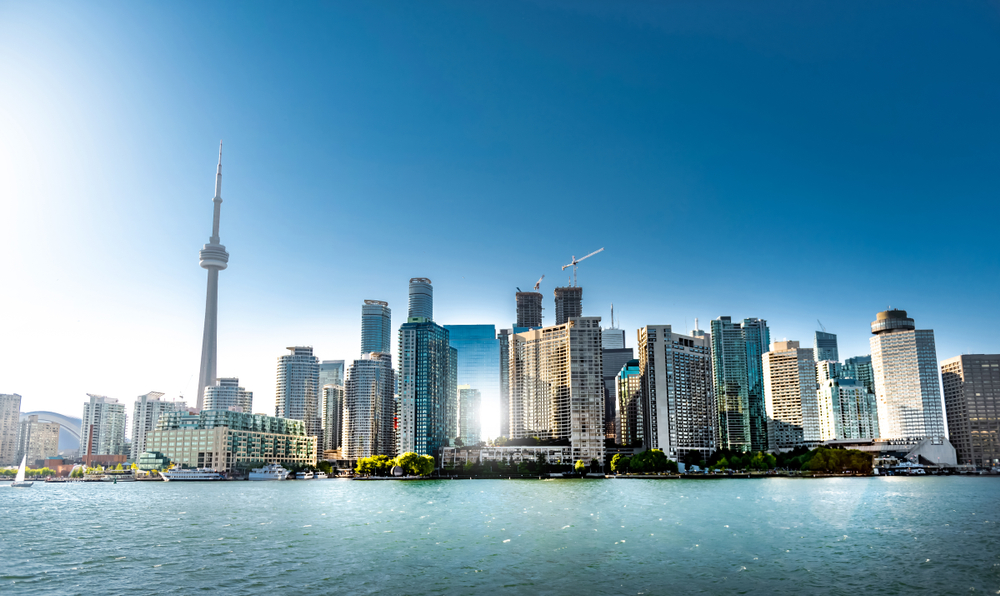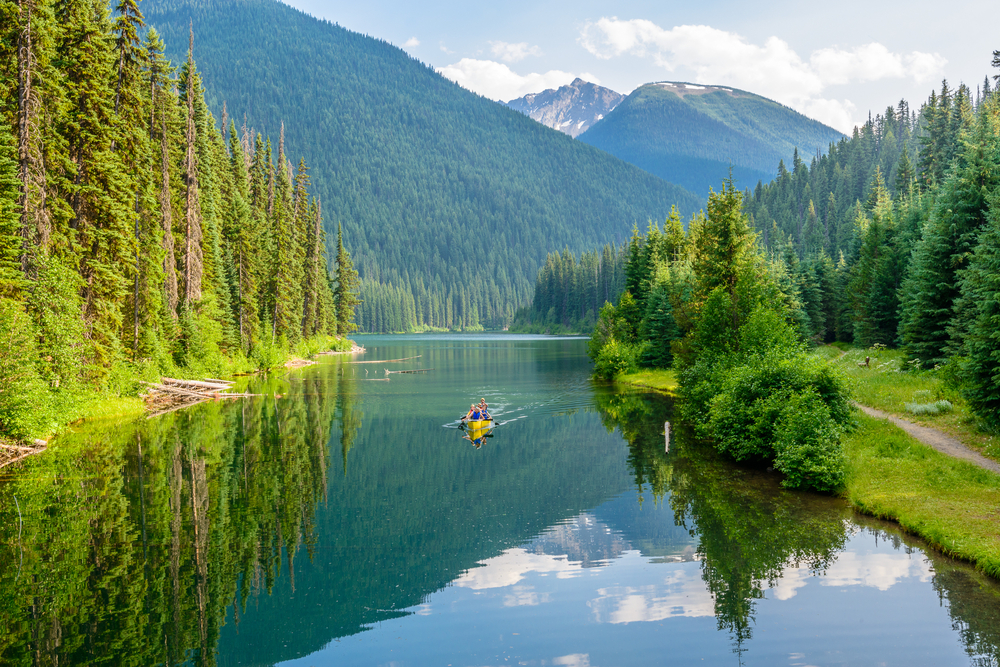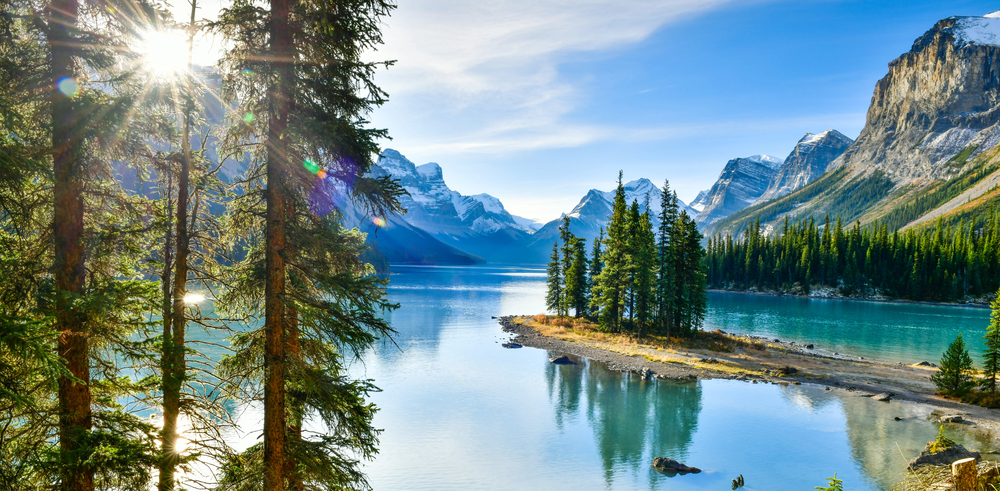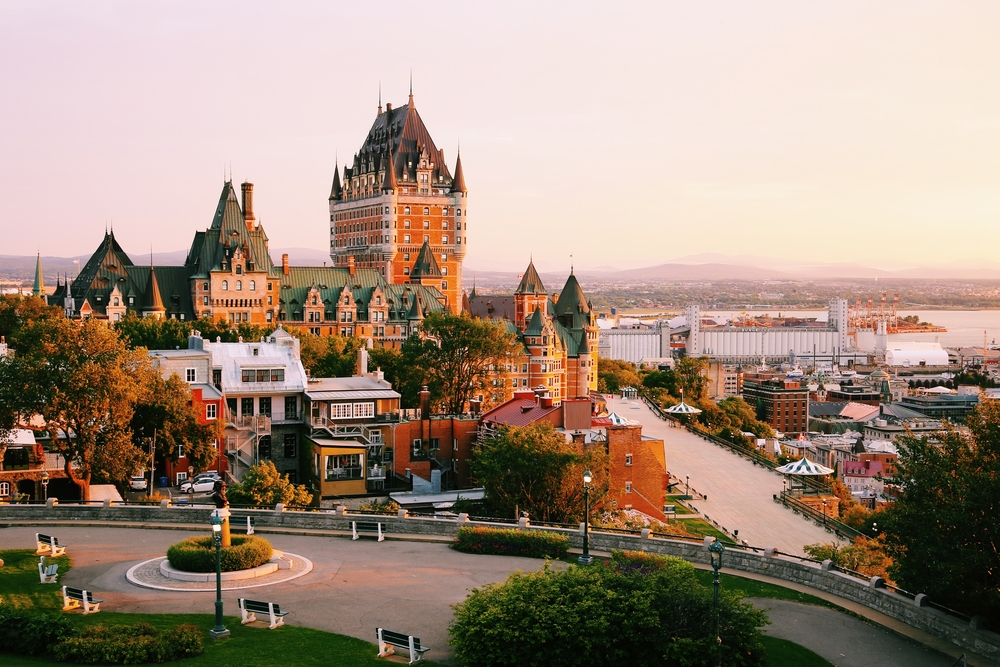
Canada is the second-largest country in the world by land area. That means a lot is happening! The country is not only known for its tremendous natural and cultural wonders but also has a reputation for its strong business, tech, and education sector that attracts and keeps people. Not to mention, we hear some of the friendliest people in the world live in Canada! It’s safe to say there are lots of great options when it comes to where you live within the country. Canada resides 10 provinces and 3 territories, each offering their own distinct and wonderful attractions.
Where Canadians live is important to us, for a multitude of reasons, so we decided to examine the long-distance moves taken in 2019 within Canada to figure out where exactly Canadians are moving to and from within the country. We gathered data from over 1300 moves and analyzed which cities and provinces saw the biggest (and smallest) amount of inbound and outbound relocations. Read on to find out which 5 provinces which are seeing the most Canadians leave.
1. Ontario, 28.9% of all moves within the country

Are you thinking about moving to the Canadian province of Ontario? You’re not alone, as 28.9% of all inbound moves within the country went to the east-central province. Ontario is home to some of Canada’s most popular attractions and cities, including Toronto (with a population just over 6 million people), the capital city of Canada, and the infamous Niagara Falls. Whether it be an employment opportunity, the chance to pursue your education at one of Canada’s top universities, or simply just because you want to, there are many reasons people are moving here.
It is important to note that the cost of living in Ontario fluctuates from city to city. For example, the average rent will be significantly lower if you choose to live in Hamilton over Toronto.
Population: 13.6 million (2020)
Estimated median household income: $74,287 (2016)
Average home price: $462,995 (2020)
Average rent: $1,760 (2020)
Median resident age: 32
Unemployment rate: 5.2% (January, 2020)
2. British Columbia, 28.1% of all moves within the country

British Columbia is Canada’s westernmost province, sharing two international borders with the United States and laying smack dab in between the Rocky Mountains and the Pacific Ocean (not bad views, huh?). Known for having one of the highest standards of living in the world, it’s no surprise BC received 28.1% of all inbound moves last year. British Columbia is home to cities like Richmond, Whistler, and one of the most desirable cities in the world (to live, to work, to eat), Vancouver.
While the cost of living is significantly higher in BC, the average income seems to keep up. It is also important to note that the cost of living in British Columbia fluctuates from city to city. For example, the average rent will be significantly lower if you choose to live in Squamish over Vancouver or Oak Bay.
Population: 5.1 million (2020)
Estimated median household income: $84,850 (2017)
Average home price: $730,000 (2018)
Average rent: $2,507
Median resident age: 42.2
Unemployment rate: 4.7% (2019)
3. Alberta, 16.8% of all moves within the country

In terms of population, Alberta is the fastest growing province in Canada, and it’s easy to see why! Alberta is a wonderful place to call home for a variety of reasons. This province is known for its low unemployment rates and growing opportunities. Not to mention, Alberta’s landscape is mainly comprised of mountain ranges, beautiful forests, and over 600 lakes.
In terms of which city to live in, you can’t go wrong here. Edmonton, the capital city of the province, is densely populated and known for all its cultural and entertainment festivals, which keep the city alive. Calgary, the third-largest city in Canada, is filled with great employment opportunities, which keeps attracting residents from all over. Red Deer is experiencing serious economic growth, and has even been named the best place to live in Alberta!
It is important to note that Alberta is one of Canada’s most reasonably priced provinces. In 2016, Alberta families earned an average income of $91,500 after-tax, which is considerably higher than the national average of $72,500.
Population: 4,371,000 (2019)
Estimated median household income: $98,400 (2018)
Average home price: $387,200 (2018)
Average rent: $1,163 (2019)
Median resident age: 37.1 (2019)
Unemployment rate: 7.2% (2019)
4. Quebec, 6.4% of all moves within the country

Quebec is Canada’s largest province in terms of population, accounting for a quarter of the nation’s. It is also the safest province in Canada, with 3,359 violent crime incidents per 100,000 in 2017 (compared to Nunavut, who had 34,948 incidents per 100,000), making it an excellent place to raise a family. It is interesting to note that 4 out of the 8 cheapest cities to rent an apartment in Canada are in Quebec! With its beautiful, unspoiled environment, its affordability options, and excellent education and healthcare systems, it’s no wonder people are settling in Quebec.
Many choose to live in Montreal when moving to Quebec, and with its employment opportunities, energetic student life, and rich culture, we don’t blame them! However, Quebec has so much more to offer. The average household income is lower than other Canadian provinces, but Quebec offers an incredibly high quality of life. Those higher taxes result in better quality public services, transport, and education.
It is important to note that the cost of living varies depending on where you live. For example, the bigger cities like Montreal and Quebec City are pricier than the smaller towns like Saint Georges and Rimouski will be much more affordable.
Population: 8,485,000 (2019)
Estimated median household income: $92,690 (2017)
Average home price: $297,000 (2018)
Average rent: $1,149 (2019)
Median resident age: 42.6
Unemployment rate: 5.1% (2019)
5. Manitoba, 4.2% of all moves within the country
 Manitoba is easily one of Canada’s most stunning provinces, filled with rivers, lakes, mountain ranges, and prairies for its residents and visitors to enjoy. It is even known as one of Canada’s 3 prairie provinces (with Saskatchewan, and Alberta), in the northern Great Plains region. These 3 provinces compose the wheat-producing part of Canada, making them a major source for potash, natural gas, and petroleum.
Manitoba is easily one of Canada’s most stunning provinces, filled with rivers, lakes, mountain ranges, and prairies for its residents and visitors to enjoy. It is even known as one of Canada’s 3 prairie provinces (with Saskatchewan, and Alberta), in the northern Great Plains region. These 3 provinces compose the wheat-producing part of Canada, making them a major source for potash, natural gas, and petroleum.
For those who prefer small-town life over big metropolitan cities, Manitoba is the perfect place to settle. Winnipeg, Manitoba’s capital city, has a population of just over 750,000, more than half of the provincial population. With companies like Boeing and Bristol Aerospace migrating there, it has also become a major research and development center, providing excellent employment opportunities. It also happens to be one of the most affordable cities in Canada. Brandon, Manitoba’s second-largest city, is home to about 500,000 residents and has one of the lowest unemployment and crime rates in the country. That’s not to forget about “Manitoba’s Most Beautiful Town” and “Manitoba’s Valley Paradise,” Neepawa and Minnedosa, respectively. These two visions of pastoral bliss only make Manitoba that much more special.
It is important to note that Manitoba has one of the strongest and most stable economies in Canada with an incredibly affordable cost of living. Winnipeg, Manitoba’s most expensive city, is still cheaper than many cities in Canada.
Population: 1,369,000 (2019)
Estimated median household income: $80,530 (2017)
Average home price: $296,000 (2018)
Average rent: $984 (2018)
Median resident age: 37.4
Unemployment rate: 5.3%






